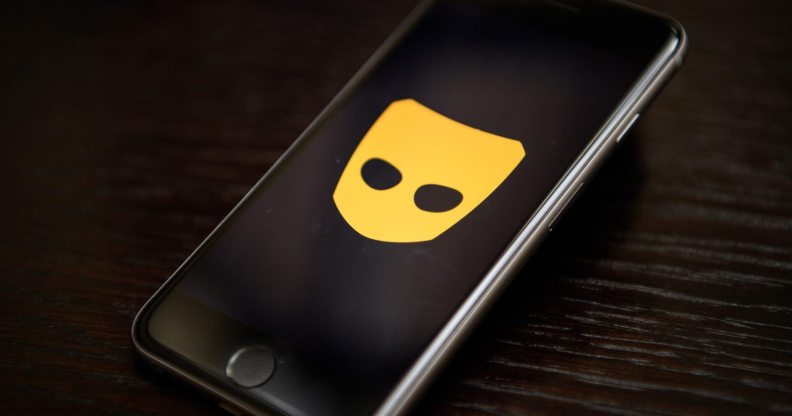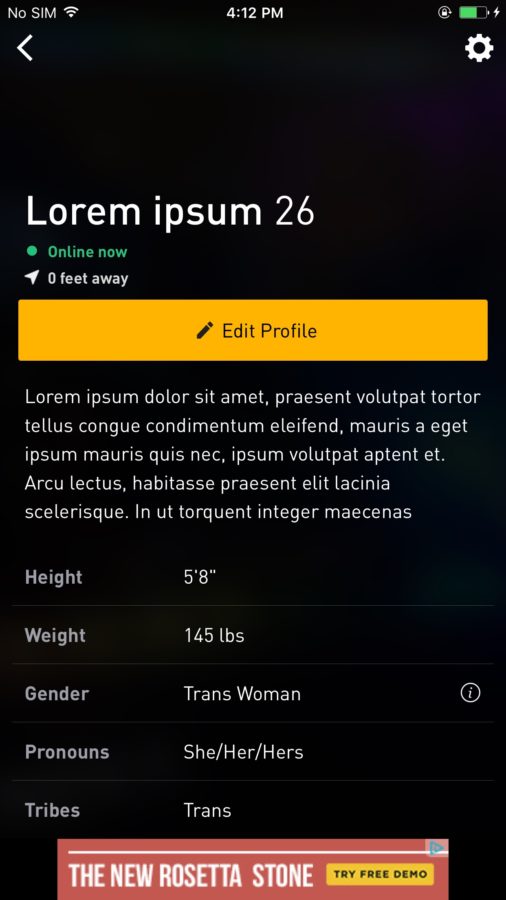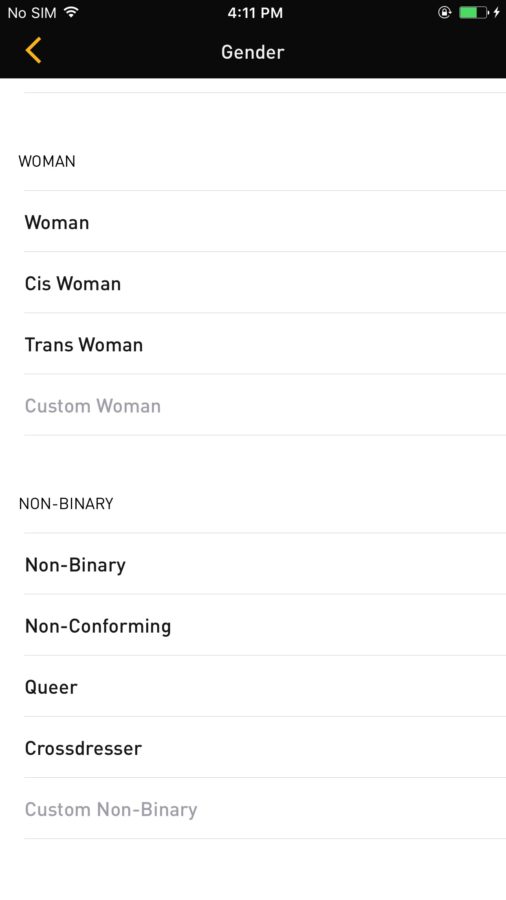Grindr will introduce special security measures for users in anti-gay countries

Code words and symbols are used to refer to drugs on the app (Leon Neal/Getty Images)
Grindr is to introduce new security measures to protect users in countries with anti-LGBT laws.
In a sweeping reform of the platform, users will be able to add a password security lock to the app.
There are also plans to allow users to change the app’s icon from the Grindr logo, though this is currently only possible on Android devices.
The changes, drawn up alongside free speech campaign group Article 19, are designed for users in the Middle East and Africa.

Grindr (Leon Neal/Getty Images)
Jack Harrison-Quintana, Director of Grindr for Equality, said: “Ensuring the safety of our users worldwide is a top priority for Grindr.
“In addition to changes to our architecture we have been working with regional activists to put out weekly, and at times of heightened scrutiny, daily notifications providing safety tips to avoid police entrapment as well as information about how to contact local LGBTQ resources.”
Research by Grindr for Equality showed that having a dating app on your device can be enough to get arrested.
In Egypt, one of the country’s affected by the changes, police have targeted LGBT people on Grindr, with 70 arrests made between September and November 2017.
Dalia Abdel-Hameed, a gender rights researcher with the Egyptian Initative for Personal Rights, unearthed dozens of corroborating police reports.
In the reports, a “cultivation” technique is set out which sees targets lured to hotel rooms and arrested by authorities using Grindr.

(Photo by Norbert Schiller/Getty Images))
Thomas Hughes, Executive Director of Article 19 said: “This partnership is helping to keep LGBTQ people safe in countries where their sexuality puts them at risk of arrest, prison and even torture.
“Ultimately we want governments in these countries to stop their persecution of people based on their sexual identity, but these practical changes can help to reduce the impact of these repressive crackdowns.
“This is also a partnership that demonstrates how human rights groups and for profit businesses can work together to help mitigate human rights abuses.”

The latest changes come after Grindr added options to cater for women and transgender people as well as gay men.
The hook-up app, which has traditionally been for gay men, rolled out the changes last week to become trans-inclusive.
The changes allow users to add their gender identity to their profiles, with a number of options available – including ‘woman’, ‘trans woman’,’ ‘non-binary’, ‘non-conforming’ and ‘queer’.


Users can also specify the pronouns they use on their profile, including ‘he/him’, ‘she/her’ and ‘they/them’.
A release explained that the app has introduced “system-wide gender-neutral language”, despite its traditional audience of ” gay, bi, curious and queer men”.
The app has long included a “transgender” category frequented by trans women, but the official change in policy to include women marks the official end of the app’s men-only stance.
The guide, written in consultation with the National Center for Transgender Equality, warns users “to avoid making assumptions” about the genitals of the person they are chatting to.
The app implemented the update to users worldwide at the end of Transgender Awareness Week.
Trans activist, writer, actress, and producer Jen Richards is to feature in a new video promoting the changes.
Peter Sloterdyk, VP of Marketing at Grindr: “As the largest global queer social network, Grindr has always had trans men, trans women, and non-binary users on the app. We are proud to release these updates to our core functionality to firmly establish that we are committed to making Grindr a welcome and safe space for all trans people.
“To ensure we heard from a range of trans people, we polled trans users and consulted transgender community leaders to guide our thinking.”
Jack Harrison-Quintana, Director of Grindr for Equality said: “One thing we heard over and over again from trans people using Grindr was that they felt unwelcome as other users would often only want to ask them about what it means to be trans or approached without knowing how to speak respectfully about trans issues.
“That’s why we created written resources linked from the gender identity fields in the profile to answer users’ questions and decrease that burden on trans people.”

